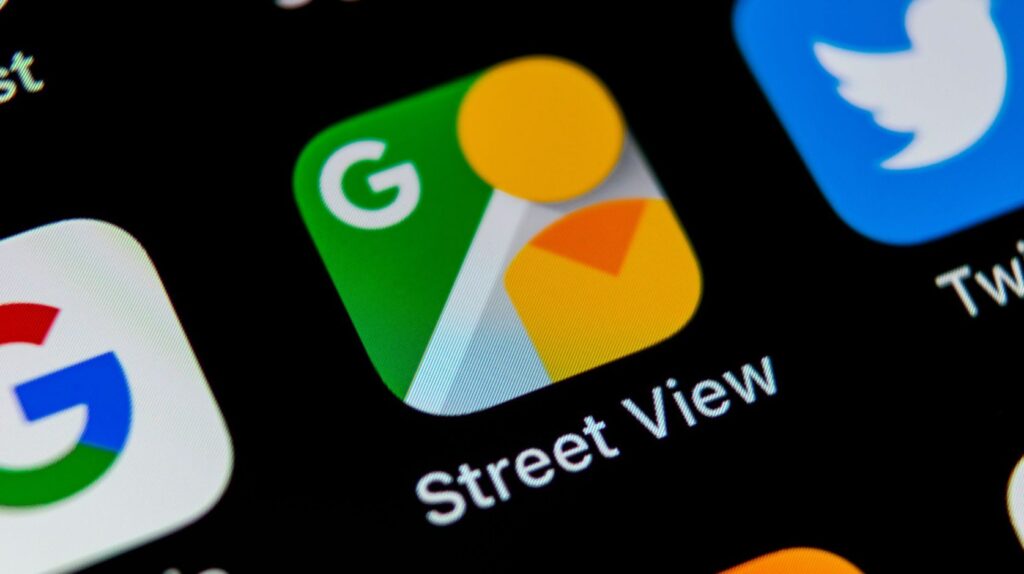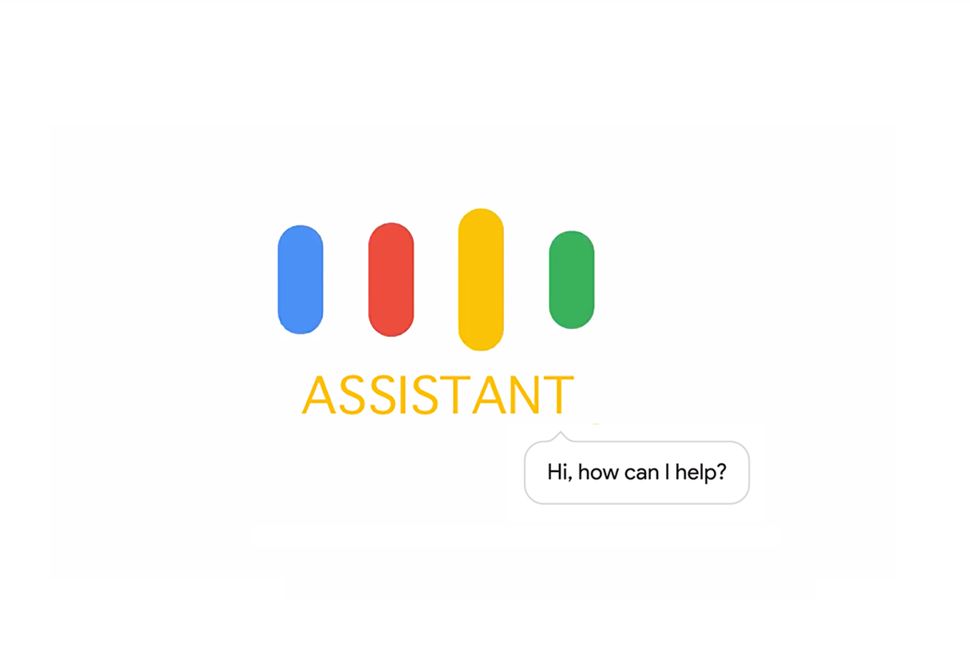Google Maps Street View Feature Is Coming To These Indian Cities First, Check If Your City Is On The List.
Google Maps brought in a new feature in India which is one of the major add-ons to the services. It introduced brand new features of the street view at the Google I/O administered this year. With this street view feature, Indians will experience a 360- degree outlook of the different small regions like landmarks, streets, and regions that were not shown on the map like residential areas or any other location. This feature will provide great help to those who want to know about or explore different unpopular regions in India before investing money or time. Also, it shows local cafes and cultural hotspots. It will enhance the whole tourism experience In India.
“Street View will help people navigate and explore new corners of the country and the world more visually and accurately, enabling them to fully experience what it’s like to be in these places, right from their phone or computer”, Google said.
Source: www.indiatoday.in
Street View will be accessible in India on Google Maps with the latest imagery licensed from local collaborators. It will cover about 1,50,000 km over ten cities in India. Google maps proposed this deal back in 2016 but was rejected by the government of India because, according to their policies, it is not allowed to retain imagery data of the country. Although, a new policy, the new National Geospatial policy, 2021, is introduced which allows such features on the condition that the foreign firms won’t own the imagery data. Genesys International and Tech Mahindra played an important role in bringing this feature to India.

Google maps collaborated with an advanced mapping solutions firm, Genesys International and Tech Mahindra to provide a more thorough and detailed look at any location. This tech Giant has announced to extend this feature to 50 cities in India by 2022. For Now, it will be introduced in the following cities:
Bengaluru, Chennai, Mumbai, Delhi, Hyderabad, Amritsar, Ahmedabad, Pune, Vadodara and Nashik. It is already available in Bengaluru.
Google has confirmed its partnership with the traffic authorities and collectors to provide help to people in above right cities and make them aware of travel decisions and avoid overcrowded areas with information about different road closures and incident zone.
It has also collaborated additionally with CPCB (Central Pollution Control Board) to provide knowledge and details about travel decisions in provision with authoritative air quality details. Everyone can get access to this information by tapping into layers and selecting the ‘Air Quality option.
How to use this feature:
- To use this street view feature, search for a place you need information about, set the pin, select an area for a place marker, or you can use the street view layer.
- Search for a region, and place the pin.
- On Your android device, phone or tablet, open the Google Maps application.
- Hold the place to drop the pin
- In the end, add the place name or address
- Scroll down and tap on the photo with the label “street View” or you can select the thumbnail with a street view icon 360 images.
- After you’re done with all this, tap on back at the top left twice.
- Now click on the place marker.
How to view the street view layer:
- On your android device, smartphone or tablet, open the Google Maps app.
- Click on the Layers shown at the top and then the street view
- Street View coverage is shown by a blue line on the map. Tap on any blue line to enable the street view.
This feature will bring many great, revolutionary, and innovative changes to India. It will be a great experience for all the explorers and travelers. Brace yourself for a whole new experience.

I am a student pursuing my bachelor’s in information technology. I have a interest in writing so, I am working a freelance content writer because I enjoy writing. I also write poetries. I believe in the quote by anne frank “paper has more patience than person

